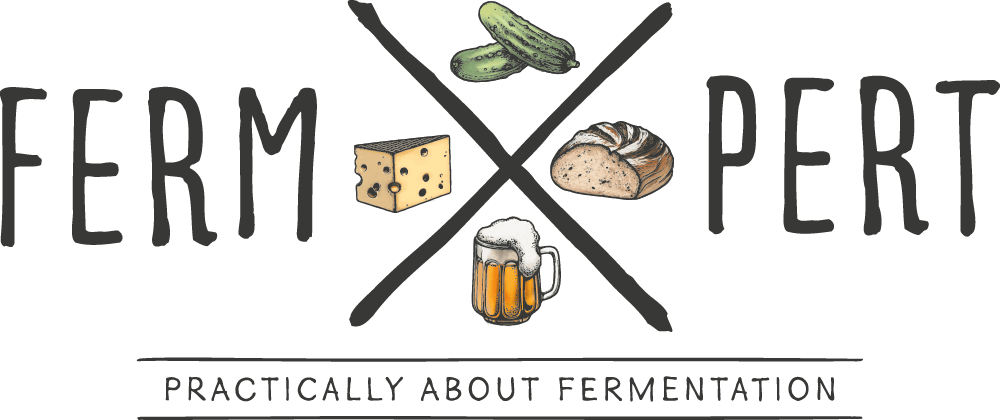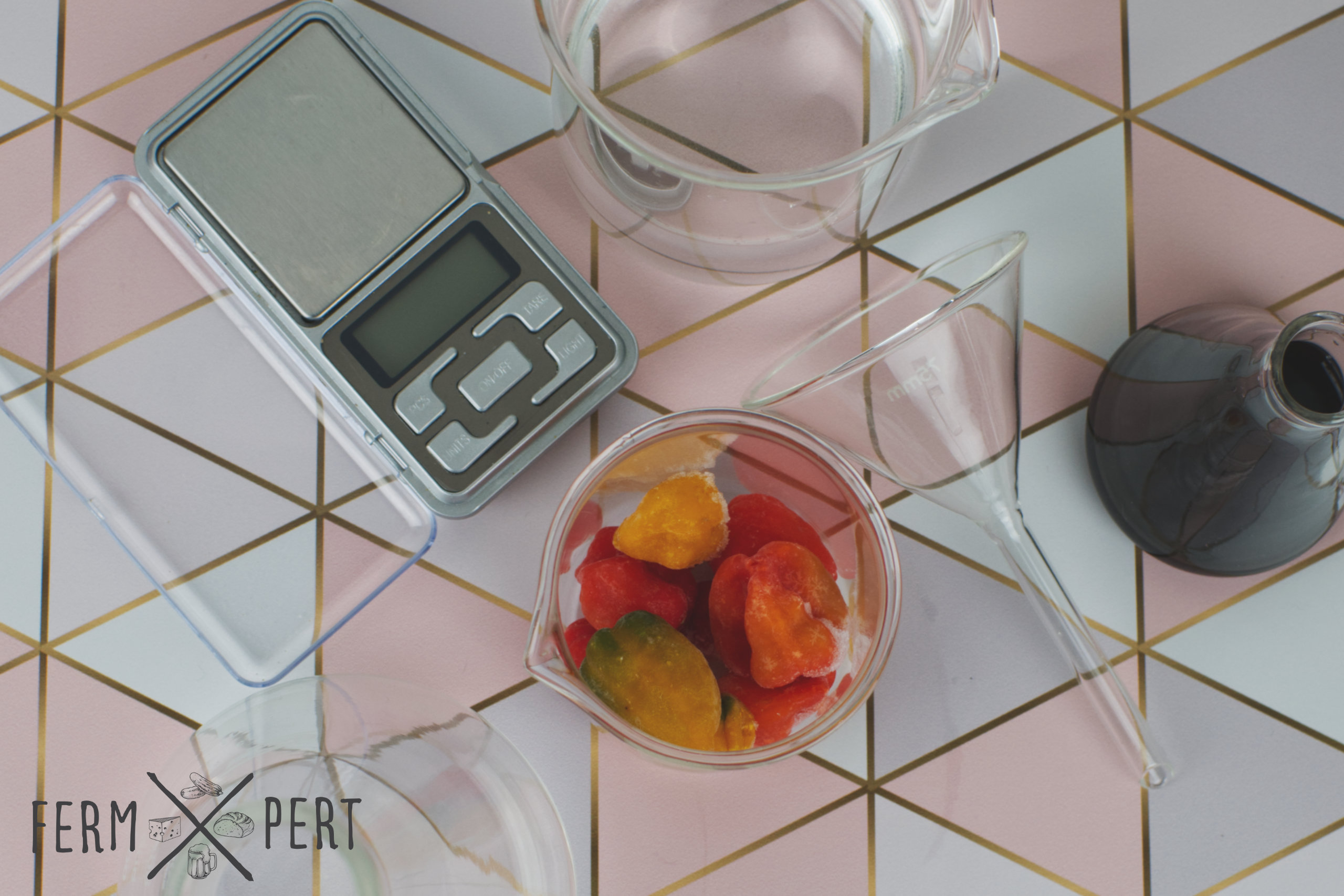Making hot sauces out of spicy peppers at home can be fun and rewarding, but it’s always difficult to estimate how spicy the end product will be. Below I present my way of achieving a decent estimate.
Scoville Scale
I’m not going to present details about the history and exact details of the Scoville Scale. In short, a mild pepper has 0 SHU (Scoville Heat Units), while pure capsaicin has 16 million SHU. Everything in between can be calculated using a simple proportion. So, if a spicy pepper is 1% capsaicin by weight, it means it has 160 thousand SHU.
However, for a consumer, it’s not always clear what sensations accompany what values on the Scoville scale. So:
- 0-100 SHU – no heat at all (e.g. bell peppers)
- 100-1,000 SHU – barely noticeable heat, slight warming sensation (e.g. Pimento)
- 1,000-10,000 SHU – marked, but still pleasant heat. For people unaccustomed to spicy foods or especially sensitive to heat, this level may result uncomfortable (e.g. Jalapeño)
- 10,000-100,000 SHU – strong heat, often uncomfortable; can cause sweating, hiccups, stomach cramps (e.g. Tabasco)
- 100,000 SHU and above – very strong heat, causing a serious to extreme discomfort or outright pain (e.g. Habanero)
People can have varying sensitivity to spiciness. Someone who does not eat spicy foods at all will likely be more sensitive to capsaicin. On the other hand, someone who consumes chillies regularly will probably be largely insensitive to anything but the spiciest peppers.
Estimating the Heat of a Sauce
While the capsaicin content can easily be determined in a laboratory, in household conditions it’s too much of a hassle. Still, it’s possible to estimate the spiciness of a sauce by applying some uncomplicated mathematical calculations.
Obviously, this requires a few assumptions. Since the heat level is directly proportional to capsaicin content by weight, it’s necessary to weigh all the spicy peppers that go into a sauce, as well as the total sauce obtained. It’s especially important in case of brine fermented sauces since only a portion of the brine ends up inside the sauce. Vinegar based sauces are less of a problem since all prepared ingredients go in. Capsaicinoid solubility in liquids is low, so it’s not really necessary to factor it into the equation and for salt brine, it’s OK to treat them as completely insoluble.
A key factor is the real capsaicin content in the used chillies. It can vary depending on variety, soil properties, water availability, amount of sunlight, temperature, pest activity or used fertilisers. In other words, it’s not feasible to know it at home. This is why the end result is but an indication. It’s helpful to calculate the heat level for both the minimum and maximum SHU values for the used peppers.
Example SHU ranges for some chilli varieties:
| Variety | Minimum SHU | Maximum SHU |
|---|---|---|
| Bhut Jolokia | 855 000 | 1 075 000 |
| Carolina Reaper | 1 000 000 | 2 200 000 |
| Cayenne | 30 000 | 50 000 |
| Habanero | 100 000 | 350 000 |
| Jalapeño | 2 500 | 8 000 |
| Piri-Piri | 50 000 | 175 000 |
| Serrano | 10 000 | 23 000 |
| Tabasco | 30 000 | 50 000 |
| Trinidad Moruga Scorpion | 400 000 | 2 000 000 |
Formula
It’s necessary to get the input data first:
- Ms – total mass of the sauce,
- Mp1, Mp2, … – mass of individual hot pepper varieties used,
- S1, S2, … – SHU of individual hot pepper varieties used.
I calculate the heat level using the following formula:
[(Mp1 * S1) + (Mp2 * S2) * …] / Ms
In other words, I calculate the sum of mass and spiciness products of all the hot pepper varieties I used, then divide that by the total sauce mass.
Attention: the SHU levels are just estimates. It’s OK to take the average of the minimum and maximum SHU for each pepper variety. What I do most of the time is to calculate the spiciness using only minimum and only maximum values, then average the results.
Example
Assuming a sauce contains 300 g of pineapple, 300 g of bell pepper, 150 g of vinegar solution, 70 g of Habaneros and 15 g of Trinidad Moruga Scorpion chillies, the input data is as follows:
- Minimum values:
Ms = 300 + 300 + 150 + 70 +15 = 835
Mp1 = 70, S1 = 100 000
Mp2 = 15, S2 = 400 000 - Maximum values:
Ms = 835
Mp1 = 70, S1 = 350 000
Mp2 = 15, S2 = 2 000 000
Calculations (the results are rounded):
- [(100000 * 70) + (400000 * 15)] / 835 = (7000000 + 6000000) / 835 = 13000000 / 835 = 15569
- [(350000 * 70) + (2000000* 15)] / 835 = (24500000+ 30000000) / 835 = 54500000/ 835 = 65269
Average: (15569 + 65269) / 2 = 80838 / 2 = 40419
So, my sauce should have an average heat level of 40419 SHU.

